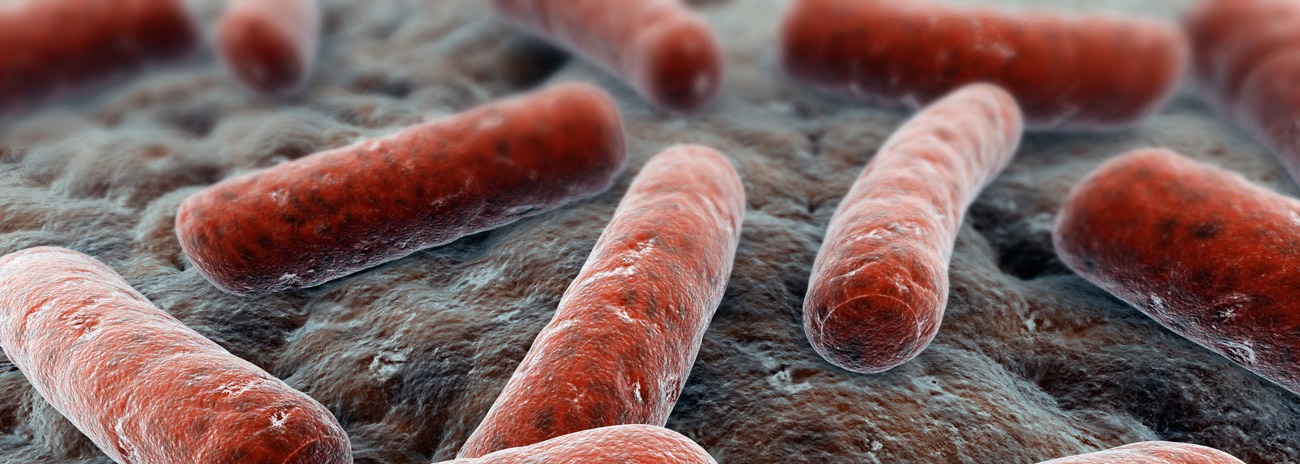Clostridium Difficile – A Guide to the Bacterium
C. difficile is a bacterium of the family Clostridium (the family also includes the bacteria that cause tetanus, botulism, and gas gangrene). It is an anaerobic bacterium (i.e. it does not grow in the presence of oxygen) and produces spores that can survive for a long time in the environment.
Its usual habitat is the large intestine, where there is very little oxygen. It can be found in low numbers in a small proportion (less than 5%) of the healthy adult population. It is kept in check by the normal, ‘good’ bacterial population of the intestine.
It is common in the intestine of babies and infants but does not cause disease because its toxins (poisons) do not damage their immature intestinal cells.
Although C. difficile was first described in the 1930s, it was not identified as the cause of diarrhoea and colitis following antibiotic therapy until the late 1970s.
What does C. difficile cause?
C. difficile can cause diarrhoea, ranging from a mild disturbance to a very severe illness with ulceration and bleeding from the colon (colitis) and, at worst, perforation of the intestine leading to peritonitis. It can be fatal.
Generally, it is only able to do this when the normal, healthy intestinal bacteria have been killed off by antibiotics. When not held back by the normal bacteria, it multiplies in the intestine and produces two toxins (A and B) that damage the cells lining the intestine. The result is diarrhoea.
Who gets C. difficile infection?
Patients who have been treated with broad spectrum antibiotics (those that affect a wide range of bacteria, including intestinal bacteria) are at greatest risk of C. difficile disease. Most of those affected are elderly patients with serious underlying illnesses. Most infections occur in hospitals (including community hospitals), nursing homes etc, but it can also occur in primary care settings.
How does it spread?
Although some people can be healthy carriers of C. difficile, in most cases the disease develops after cross infection from another patient, either through… request a copy of the full document >>
Extracted from a guide originally published by the Department of Health – © Crown copyright






